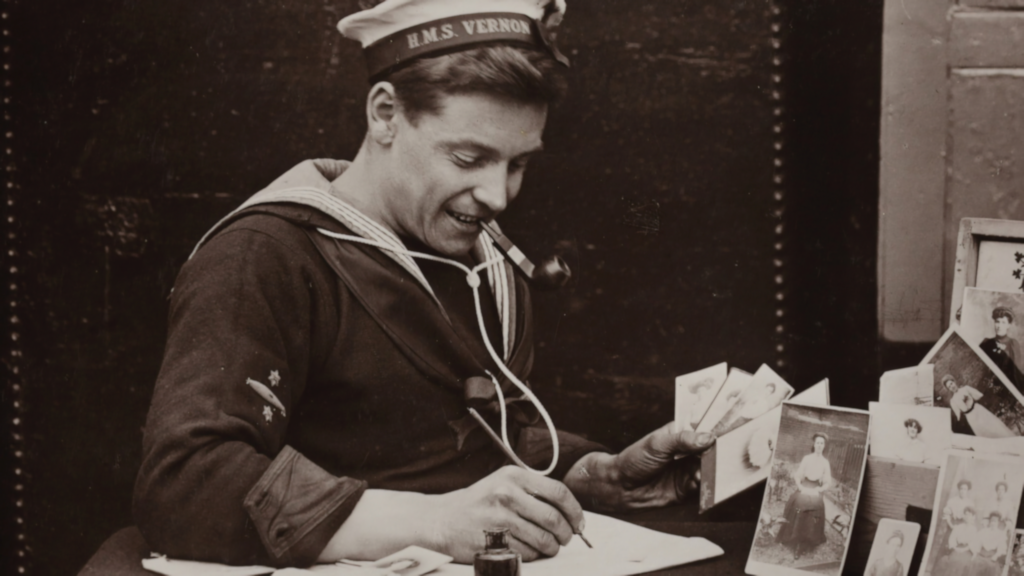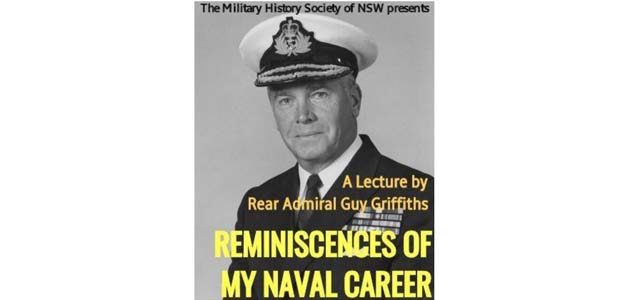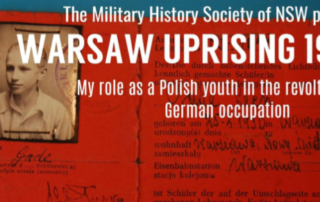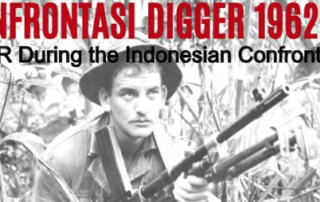Sam Templeton: Kokoda Legend
A Public Lecture by David Howell
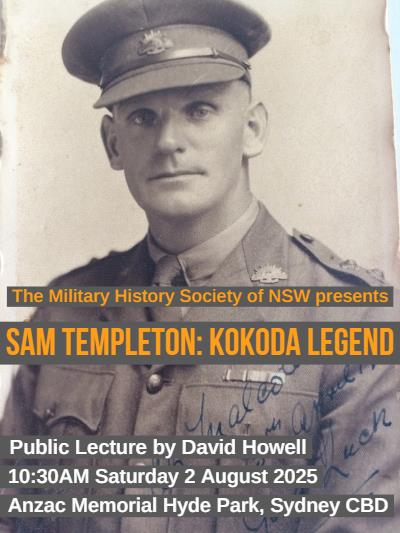 If you have trekked Kokoda, then the campsite of Templeton’s Crossing will be familiar. This presentation will help you discover the story of the man behind the name.
If you have trekked Kokoda, then the campsite of Templeton’s Crossing will be familiar. This presentation will help you discover the story of the man behind the name.
Captain Sam Templeton of 39th Infantry Battalion was the first Australian officer to be captured by the Japanese in the 1942 Kokoda Campaign of World War II. After being interrogated by his captors he was executed on the battlefield. Prior to facing his enemy, Templeton had predicted his fate, telling one of his platoon commanders, that if ‘he went into action, he wouldn’t come back’. Having resigned himself to his destiny, Templeton misled his captors on the numerical strength of the Australian forces waiting in Kokoda and Port Moresby.
Did the misinformation given by a militia officer slow the initial push by the Yokoyama Advance Force into the Owen Stanley Range, allowing the Australian Imperial Force to join the fight earlier? Did Templeton create doubt in the mind of the commander of the South Seas Force, influencing an operational change for the attack on Port Moresby? A quiet and often aloof character originally from Belfast, Captain Sam Templeton is mentioned in just about every book written about Kokoda. Prior to fighting in New Guinea, Templeton is reputed to have helped quash the Irish rebellion, served in submarines with the Royal Navy during the First World War and to have fought with the International Brigade during the Spanish Civil War.
About the Speaker
 David Howell is a Melbourne-based writer, tour guide, historian specialising in the South West Pacific Area of Operations during the Second World War and author of the recent Kokoda Legend: Captain Sam Templeton (Big Sky Publishing, 2024). With extensive experience as a guide at the Friends of Kokoda at the Kokoda Track Memorial Walkway in Concord and the Shrine of Remembrance in Melbourne, educating visitors about the significance of the Kokoda Campaign. David created and was the editor of the Shrine’s history magazine-Remembrance at the Shrine of Remembrance in Melbourne, and also created and ran the Friends of the Shrine program. In 2015 he returned full-time to Kokoda Historical. David also served for fifteen years as an infantry soldier in the Australian Army Reserve. In 2008 he deployed on peacekeeping operations in the Solomon Islands. David is well published on Australian military history and a regular guest on many radio and television history programs including the award winning SBS series Who Do You Think You Are. David is a life member of the 39th Battalion Association and is married with two children and resides on the Mornington Peninsula, Victoria.
David Howell is a Melbourne-based writer, tour guide, historian specialising in the South West Pacific Area of Operations during the Second World War and author of the recent Kokoda Legend: Captain Sam Templeton (Big Sky Publishing, 2024). With extensive experience as a guide at the Friends of Kokoda at the Kokoda Track Memorial Walkway in Concord and the Shrine of Remembrance in Melbourne, educating visitors about the significance of the Kokoda Campaign. David created and was the editor of the Shrine’s history magazine-Remembrance at the Shrine of Remembrance in Melbourne, and also created and ran the Friends of the Shrine program. In 2015 he returned full-time to Kokoda Historical. David also served for fifteen years as an infantry soldier in the Australian Army Reserve. In 2008 he deployed on peacekeeping operations in the Solomon Islands. David is well published on Australian military history and a regular guest on many radio and television history programs including the award winning SBS series Who Do You Think You Are. David is a life member of the 39th Battalion Association and is married with two children and resides on the Mornington Peninsula, Victoria.
Lecture Time & Venue
Saturday, 2 August 2025, 10:30AM-11:30AM, Auditorium, Anzac Memorial Hyde Park, corner Elizabeth and Liverpool Streets, Sydney CBD. Admission is free of charge but a donation would be appreciated. For further information call 0419 698 783 or email: president@militaryhistorynsw.com.au.
Our Venue – Anzac Memorial Hyde Park
The current venue for The Military History Society of New South Wales lecture program will be the Auditorium at the Anzac Memorial Hyde Park, corner of Elizabeth and Liverpool Streets, Sydney CBD. Numerous bus services stop at the location and Museum railway station is only 160 metres away. The venue will be opening its doors at 10:30AM sharp.
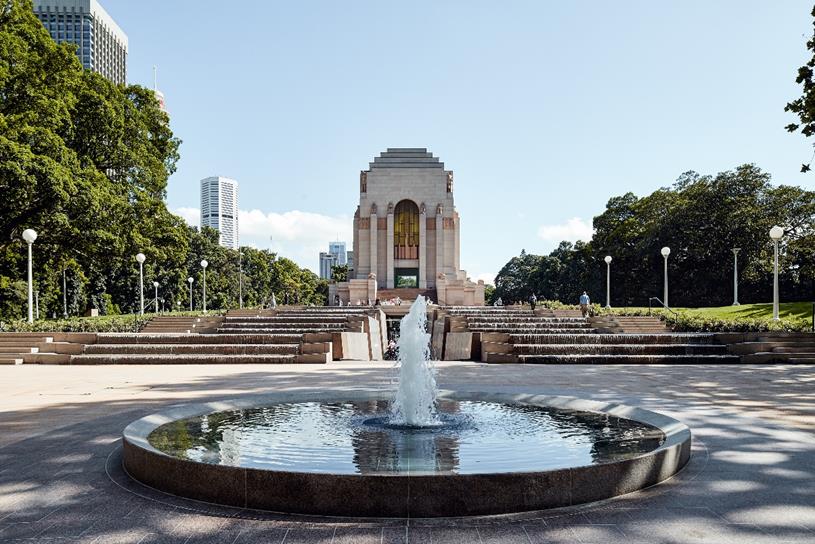

Our Recent Lectures
REMINISCENCES OF MY NAVAL CAREER: A lecture with Rear Admiral Guy Griffiths
Rear Admiral Guy R Griffiths AO DSO DSC RAN (Ret) is one of Australia’s most distinguished military leaders, having served in the Royal Australian Navy – with stints in the Royal Navy – from enlistment as a Cadet Midshipman in 1937, aged 13, to retirement as Rear Admiral in 1980.
WARSAW UPRISING 1944: A conversation with Les Gade
WARSAW UPRISING 1944: A conversation with Les Gade on his role as a Polish youth in the revolt against German occupation
Konfrontasi Digger 1962-66 by Col (retd) Bob Guest.
Between 1962 and 1966, Indonesia under the aggressive leadership of Sukarno ‘confronted’ the new state of Malaysia, labelling it a cloak for British imperial interests in south-east Asia.
CRIMEA 1855: How Britain built a railway to besiege Sevastopol By Colin Kay
The Military History Society of New South Wales Incorporated presents LOCOMOTIVE OF WAR: CRIMEA 1855. How Britain built a railway to besiege Sevastopol, by Colin Kay.
Myths of the Somme By Major John Hitchen
The Somme campaign between July and November 1916 is widely regarded as one of the greatest tragedies in British and Imperial military history.
SIEGE TOBRUK A Royal Navy Captain’s Story By Peter Poland
Captain Albert Poland of the Royal Navy recorded his Second World War service in daily notebooks including the eight-month Siege of Tobruk by Rommel’s Afrika Korps, from April to November 1941.


